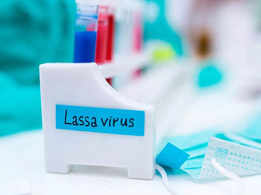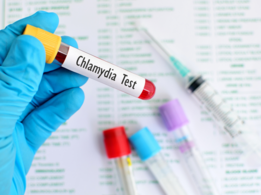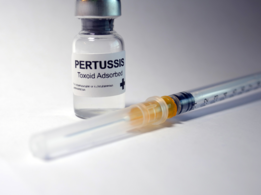01/5Are type 1 and type 2 diabetes different?


Type 1 and type 2 diabetes both occur when the body cannot properly store and use glucose, which is essential for energy. This glucose then collects in the blood and does not reach the cells that need it, leading to serious complications. To simplify explanation, glucose is the fuel that feeds your body’s cells, but to enter your cells it needs a key. Insulin is that key.
People with type 1 diabetes don’t produce insulin, so they are not having the key. People with type 2 diabetes don’t respond to insulin as well as they should and later in the disease often don’t make enough insulin. This can be like having a broken key. Both types of diabetes can lead to chronically high blood sugar levels.
02/5Development of symptoms


Although many of the symptoms of type 1 and type 2 diabetes are similar, they present in very different ways. Many people with type 2 diabetes don’t have symptoms for many years, and their symptoms often develop slowly with time. Some people with type 2 diabetes have no symptoms at all and don’t discover they have the disease until complications arise.
The symptoms of type 1 diabetes develop quickly, typically over the course of several weeks. Once known as juvenile diabetes, this type usually develops in childhood or adolescence. However, it’s possible to develop type 1 diabetes later in life.
If not managed, type 1 and type 2 diabetes can lead to symptoms such as urinating frequently, feeling very thirsty, very hungry, extremely fatigued, having blurry vision, cuts or sores that don’t heal properly. People with type 1 and type 2 diabetes may also experience irritability, mood changes, unintentional weight loss and may also have numbness and tingling in their hands or feet.
03/5Different causes behind the two


Type 1 and type 2 diabetes may have similar symptoms, but the causes are different. In people with type 1 diabetes, the immune system mistakes the body’s own healthy cells for foreign invaders. Due to this, the immune system attacks and destroys the insulin-producing beta cells in the pancreas.
Type 2 diabetes is primarily caused by two interrelated problems. Firstly, cells in muscle, fat and the liver become resistant to insulin. Because these cells don't interact in a normal way with insulin, they don't take in enough sugar. Another problem can be that the pancreas is unable to produce enough insulin to manage blood sugar levels.
Read more: From pumpkins to chickpeas, foods that will help you lose weight
04/5Risk factors for type 1 and type 2 diabetes


People with a parent or sibling with type 1 diabetes have a higher risk of developing it themselves. When it comes to age, type 1 diabetes can appear at any age, but it’s most common among children and adolescents.
You’re at risk of developing type 2 diabetes if you have prediabetes, or slightly elevated blood sugar levels. Those who are carrying excess weight or have obesity, have a lot of belly fat or are physically inactive are also at risk of type 2 diabetes. In terms of age, those who are over age 45 are at a higher risk, compared to those at a younger age. If you have ever had gestational diabetes, which is diabetes during pregnancy or have polycystic ovary syndrome (PCOS), then you are at more risk of type 2 diabetes.
Read more: Dementia: THESE changes can act as early predictors of brain decline
05/5How the treatment varies


There’s no cure for type 1 diabetes. Everybody with type 1 diabetes needs to take insulin. People with type 1 diabetes need to check their blood sugar level with a device called a glucometer about four times a day to know how much insulin to take. Blood sugar testing is an essential part of managing type 1 diabetes, because levels can go up and down quickly.
Treatment for type 2 diabetes also starts with diet and exercise, and oral medication can also be used to increase the amount of insulin the pancreas makes. Over time, if your pancreas stops making insulin, your doctor may recommend insulin injections. Your doctor may recommend testing your blood sugar occasionally or more frequently.





















































































closecomments
SIGN IN WITH
FacebookGoogleEmail